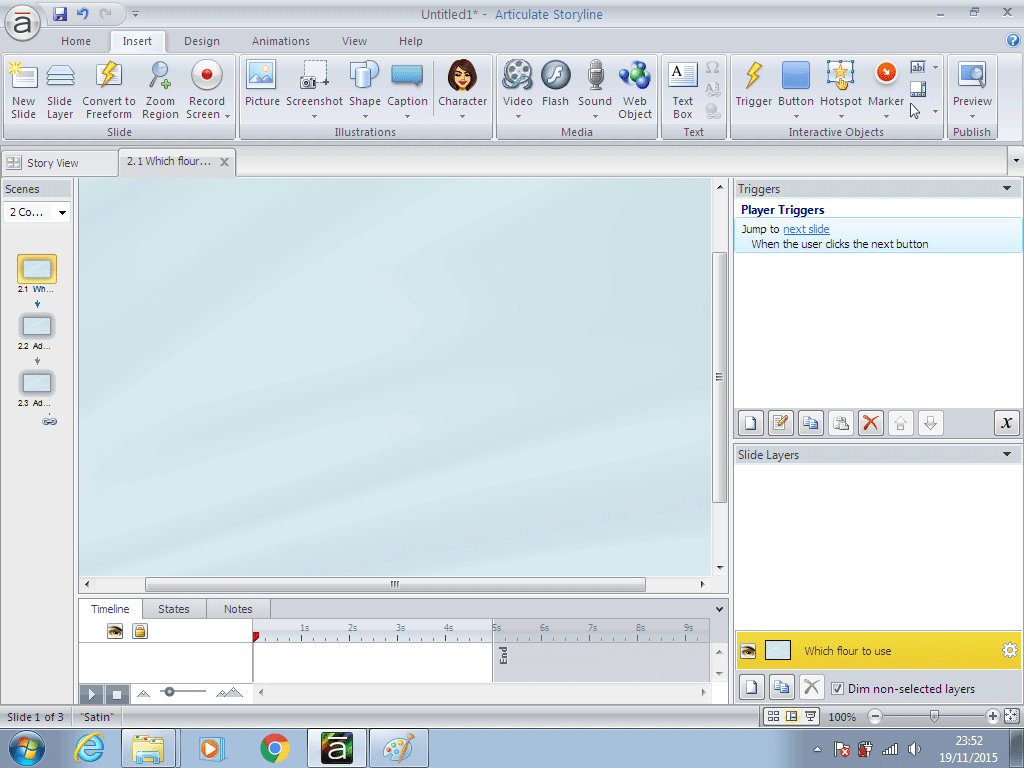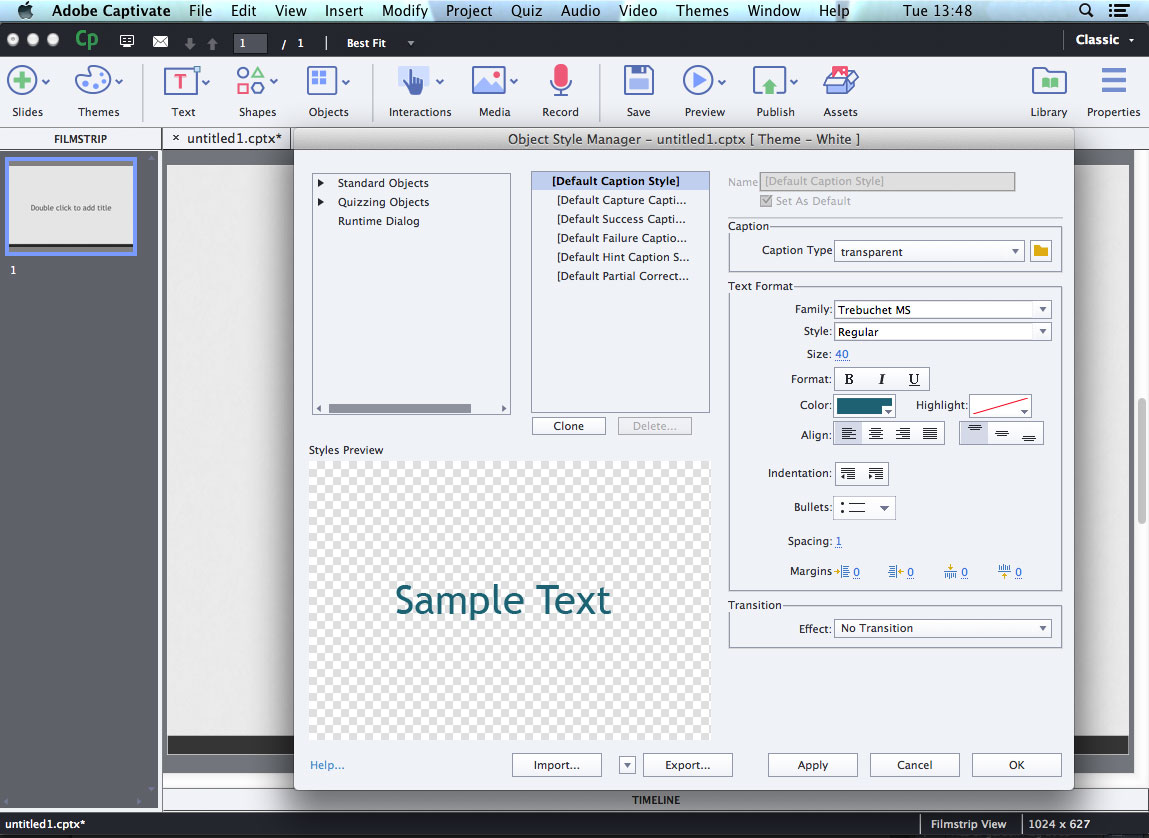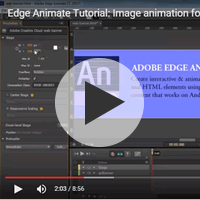Choosing your eLearning software – Captivate or Storyline?
 Captivate produced by Adobe, and Storyline produced by Articulate, are both packages that enable you to create e-learning content. The content can be varied: simple PowerPoint like slides, interactive soft-skills training or software simulations for IT training. They are both fairly similar in the features they offer but here is an outline of the things they can do and how they differ.
Captivate produced by Adobe, and Storyline produced by Articulate, are both packages that enable you to create e-learning content. The content can be varied: simple PowerPoint like slides, interactive soft-skills training or software simulations for IT training. They are both fairly similar in the features they offer but here is an outline of the things they can do and how they differ.
Storyline has a reputation for being much easier to learn than Captivate, mainly because for a new user already familiar with PowerPoint, the layout of the screen with the ‘ribbon’ across the top will make sense. Adobe have done much work adjusting the Captivate screen layout over the last few versions and although it doesn’t mimic PowerPoint, it is nonetheless fairly straightforward to get to grips with.

If you are producing soft skills training rather than software training you need the ability to create ‘master’ slides where you can add content that will appear on several slides – elements like your logo and navigation buttons. You can create master slides in both Storyline and Captivate, and doing so streamlines your work considerably.
Another feature that helps with a swift workflow is the ability to create ‘styles’ for your objects. It is very useful if you want your photo captions to appear in a consistent style to have the ability to ‘save’ that style and apply it to the appropriate text objects. In Captivate this is a straightforward process using Object Styles. Not only do they make it quicker to create and style your content but with just a few clicks you can then update objects throughout your whole project. Although there are ‘quick styles’ in Storyline you can’t yet create your own customizable styles for objects that you can then update.

You can add video and audio in both applications but in Storyline you can only record and edit audio when you are creating a software simulation, whereas in Captivate you can record and edit audio in any slide.
A crucial part of creating e-Learning is to be able to check whether your viewers have learnt what they need to from the training. Checking whether they have is achieved through testing them and both Storyline and Captivate have quiz questions that are already formatted for multiple choice, true/false, fill in the blank and hotspot type questions.
Once you come to publishing your project you need to be able to publish both to Flash and to HTML 5. If you publish to a Flash file your viewer will need Flash Player 10 or 11 to be able to view the content, and to see an HTML 5 file the viewer will need to use a recent enough browser to be able to display HTML 5. Captivate has recently introduced the ability to create ‘responsive’ projects, where you can control how the same content displays on different devices (desktop, tablet and phone), which is extremely useful.
Both pieces of software create SCORM/AICC compatible projects that will talk to a Learning Management System (LMS) that supports SCORM or AICC. Publishing your project is a simple process although you may need to adjust the settings to make sure you get the feedback you want from the LMS.
Hopefully this has helped to both clarify what these e-Learning packages can do, and also help you decide which is best for you.
Costs:
Captivate: by subscription is £22.86 per month or £1,047.60 to buy the package from www.adobe.com
Storyline: £1,104 to buy the package from www.articulate.com
If you need information about courses to get started with eLearning or further your skills to an advanced level visit our Adobe Captivate courses page or the Articulate Storyline training page or send us an email with your query.

 0345 363 1130
0345 363 1130 info@xchangetraining.co.uk
info@xchangetraining.co.uk




